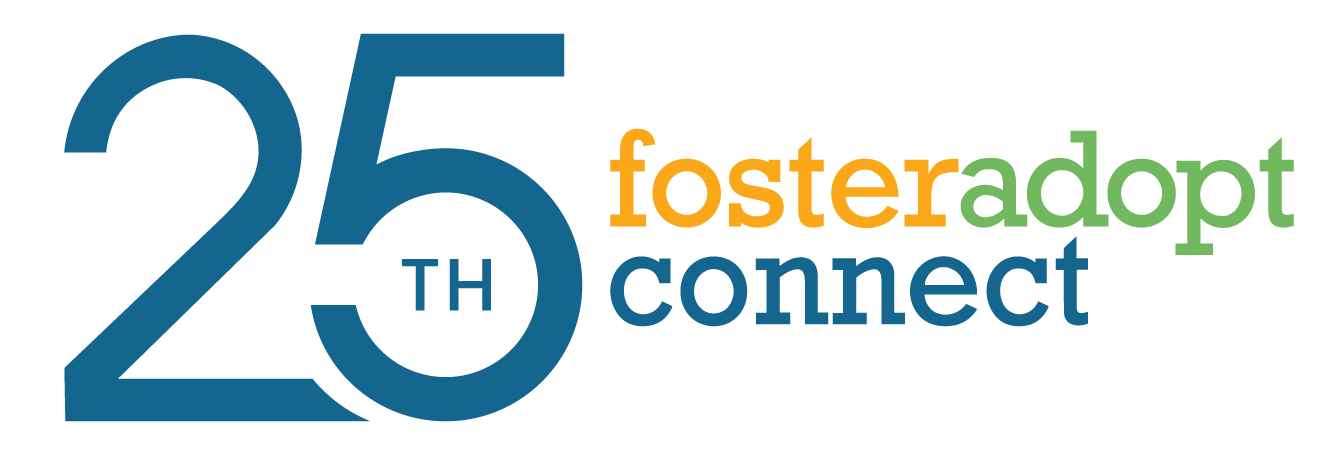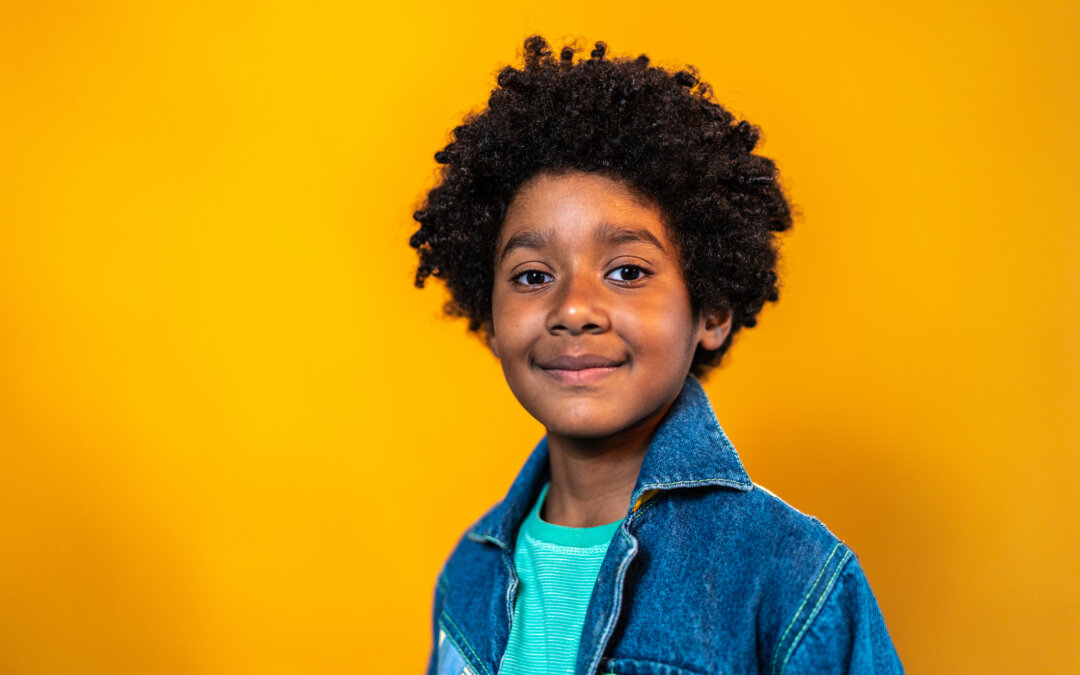So, you’re fostering a child who is from a different ethnic background than you. Foster parents who are not used to styling Black hair can find it challenging or intimidating. If this is you, fear not! We’ve put together a crash course on starting the journey to caring for African American children’s hair. There’s a lot to learn, but thankfully, there are a lot of resources available to help you along the way.
Black Hair in America
Hairstyles have historically been an important expression of personal style in Black culture. Sadly, individuals have not always felt they could embrace their hair textures, curls, and natural styles because they have been excluded from traditional marketing campaigns and mainstream advertising.
Beyond just a lack of representation, a 2016 court decision gave employers the ability to refuse to hire an individual based on their hairstyle if it does not meet the grooming standards of the company. Disproportionally, this affects African Americans. It is important to understand the message that these kinds of decisions send to black children and young adults about how they can fit into American society, especially in the corporate world.
Involving your child in the process of caring for and styling their hair can provide a huge boost of confidence and self-worth. As you learn and develop a routine to care for your child’s hair, you should ask about what their experiences have been. Has their natural hair been embraced, or made fun of? It’s our job to make sure that they feel their hair is beautiful and an essential part of who they are.
Now, on to the fun stuff!
Types of Natural Hair
Many may be surprised to learn that there are more categories of hair than just straight and curly. In fact, there are 10 distinct hair types, each with their own care needs.
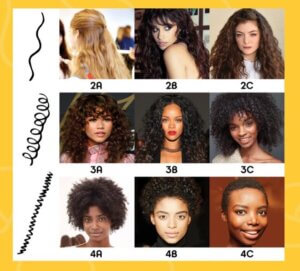
Hair Type 1: No Curl at All
Hair Type 2A, 2B, 2C: Slight curls, more in each letter
Hair Type 3A, 3B, 3C: Curly Hair, loose
Hair Type 4A, 4B, 4C: Tight curls
Figuring out the texture of your child’s hair can be tricky. Some individuals can even have multiple textures in their hair. This is typical for the hair on the crown of a youth’s head and can especially be true in younger children until their curl pattern is solidified. Hair can change over time, but all hair textures are beautiful and can be worn in interesting ways. Hair styling is incredibly important!
YouTuber Isimeme Edeko has a lot of great resources when it comes to identifying and caring for each of the 10 hair types.
https://www.youtube.com/watch?v=q9VGXoZtunU&ab_channel=IsimemeEdeko
Developing a Routine
Once hair type has been determined, it’s time to develop a care regimen. If the child is old enough, it is best to include them in the process, as it is their body and can help them foster a sense of pride and agency.
You’ll need to determine the goals you want to accomplish with the hair. (i.e. a full wash, a rinse, a new style, maintaining an existing style) and then decide how much time you need to accomplish this. Keep in mind that your child may not want to spend as much time as you do!
A typical wash cycle includes:
Step 1: Detangle
Step 2: Wash
Step 3: Conditioner
Step 4: Rinse
Step 5: Moisturize & Style
Here is a great run-through from Healthy Afro Hair of what a wash day for a toddler might look like:
https://www.youtube.com/watch?v=0B4S5D-DACs&ab_channel=HealthyAfroHair
Tips and Tricks
● Always keep your hair care supplies in one designated place so that you are prepared when you need to do your child’s hair.
● If your goal is to simply maintain a current style before leaving the house, include this in part of your routine. Teach the child to take some ownership and pride in their hair. For example: after brushing their teeth, spray water in their hair to refresh the curls. Add more curling product and twist through fingers to re-shape some of the curls that may have flattened out. Add some styling gel around the edges to smooth fly-aways.
● If you are doing a full wash, pick one day per week that you consistently have enough time to commit to a full weekly routine. For example: wash with shampoo, then a rinse with apple cider vinegar, rinse with water, hair mask, rinse, detangle with leave-in conditioner, styling products etc.
Products, Products, Products
Shampoo:
Shampoo must be used sparingly in order to avoid drying out the hair. It is not necessary to wash more than once per week in most cases. Sometimes, you can wash only once a month. Look for gentle products made specifically for ethnic hair, mixed hair, sulfate-free, natural products are best.
Concentrate on the scalp and where you see product build up. Do NOT scrub the scalp with your nails. Clean the scalp in a vertical motion and avoid circular motions to keep the hair detangled.
Conditioner:
Conditioner may not be necessary for every child’s head of hair. Test out a quality conditioner and feel their hair after you rinse it out. It may end up that it helps in the to detangling process. However, it can cause build up if you use too much. Ensure that you rinse it thoroughly.
Keep in mind that the best way to determine if the product is working is to feel their hair. The marketing on the bottle doesn’t always translate to what works for your child!
Oils:
Oil may not be necessary for every child’s head of hair. Test out a quality conditioner, and feel their hair after you rinse it out. Popular oils include coconut, olive, castor, avocado, and almond. Again, feeling their hair and seeing if it is dried out is the best way to determine if it needs oil.
Bonnets and Pillow Cases:
This is a crucial part of any child’s hair care routine! Using a silk pillowcase is one way to prevent hair from breaking or becoming frizzy, and it extends the life of a child’s hairstyle! Another popular way to go is with a silk bonnet. These can easily be purchased at local stores like Wal-Mart or Dollar General, or online.
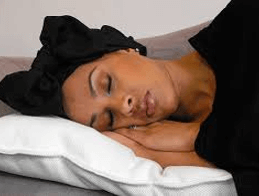
Brushes:
Experiment with brushes until you find ones that work best for your child’s hair type AND sensitivity of scalp. You will also most likely need multiple types of brushes for brushing/styling/detangling. Wide tooth combs, rat tail combs, detangling brushes, hair sponges, boar’s hair brushes, and fine tooth combs are all available depending on the need of your kid.
Remember: brushing textured hair can be painful so be patient, especially with younger kids. Make sure that you keep all of their brushes clean, as they can create the very buildup that you are trying to clean out of your child’s hair in the first place.
Styling:
There are so many fun options when it comes to styling African American hair! The way a kid wears their hair is unique to each individual and a big part of how they display their personality, flare, and culture!
There are protective styles which help to prevent matting, tangling, and undue damage to hair. Those styles are typically twists and/or braids.
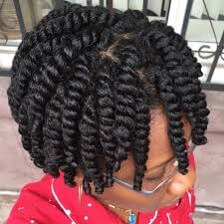
Listen to the children in your care about what styles they prefer and what they need from you in regards to hair care. All of that is of course age-dependent.
Some youth may want to straighten their hair. Teach them how to straighten it safely by using a good quality heat protectant, detangling the hair, and blow drying it straight to avoid multiple passes with a flat iron. Tilt the flat iron in a downward motion toward the face to smooth the hair down, then deep condition it. Expect that the curl pattern may take some time to recover after being straightened.
● The child’s hair has some form of treatment that must be maintained (i.e. color, relaxers etc.)
● You and/or the child desire an intricate hairstyle.
● The child simply needs their hair cut.
● For a consultation if you are struggling to find the right products for their texture.
● Special occasions.
● Ask for a reliable referral in a Facebook group or from a trusted friend.
● Find someone who has hair similar to their current or desired hair and get a referral from them.
● Read Google and Yelp reviews.
● Ask for referrals from ethnic hair stores.
● Do not be afraid to ask how much experience they have doing the styles or techniques that you are looking for.
Supporting Children on Their Hair Journey
Children in foster care may have never had their hair celebrated or cared for properly. In fact, they may have even been ridiculed for the way they look, the effort it takes to do their hair, etc. They may be resistant to getting their hair cleaned or styled. If old enough, use Pinterest/Google Images/Instagram to find hairstyles that are interesting to them. Again, this is a huge step toward them developing a sense of agency and pride in their racial/ethnic identity. It’s also an amazing way to bond with the child and build trust.
Young kids, as you may have noticed, can get wiggly, and many of these processes take well over an hour. It can help to bring some snacks, a drink, and some sensory items along. Letting the child pick a favorite movie to watch can also help smooth out the process.
If you are doing their hair at home, it can help to let them smell the products that you are putting in their hair. Use this as a time to develop trust. Don’t work too quickly, and as you work, assure them that you are going to be gentle and that they are safe.
If you are going to a professional stylist, let them know that you want to stay close to your child to reassure them during the styling. Anything you can do to help them feel supported and grounded can reduce traumatic recall or triggering.
This list is by no means the end-all-be-all, but we hope it is a great starting-off point as you learn new ways to ways take care of the children with whom you have been entrusted. You might not do perfectly, but all of your effort will go miles to showing them how much they, and their hair, matter!
